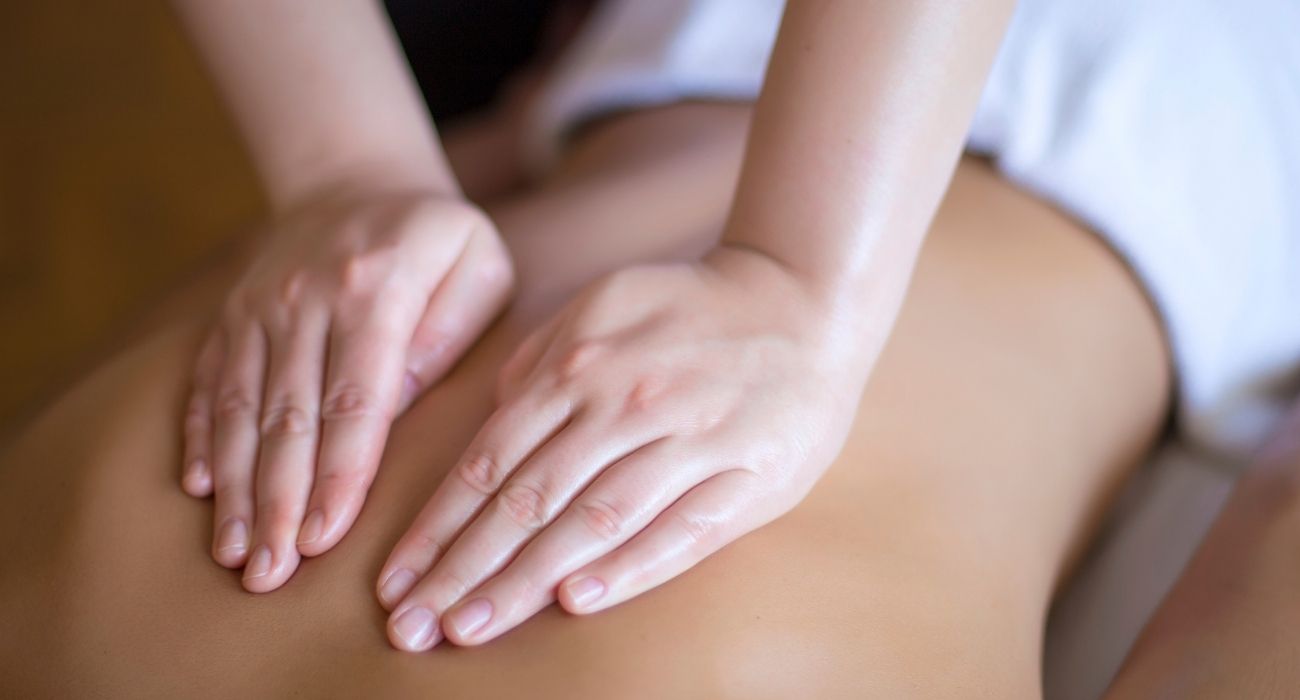Baking soda, or sodium hydrogen carbonate NaHCO3, is essentially an acidic salt of sodium and carbonic acid. It is essentially a fine crystalline powder that has a brackish, soapy taste and irritates the mucous membranes on contact. Is Baking Soda Safe and Effective for Skin?
Baking soda is not toxic. Its main purpose is to neutralize chemical burns caused by exposure to acid: the reaction of NaHCO3 and acidic media forms a salt (NaCI) and carbonic acid, with the latter immediately disintegrating into water and carbon dioxide. When treating burns, it is necessary first to rinse the burn area with plenty of water to reduce the acid concentration, and then to neutralize the acid with soda and rinse again. When dissolved, the soda causes the following changes.
- Water on contact with soda dissolves it, thus forming salt and carbon dioxide;
- As it dissolves, heat is released and, as a result, the water becomes hot;
- Then, the water cools down gradually until its temperature is the same as the ambient temperature. If the temperature rises to 600C or more the soda decomposes and produces water, carbon dioxide and sodium carbonate;
- The result is an alkaline medium. Depending on its concentration, the resulting solution will be slightly alkaline with pH = 7,5-8, or strongly alkaline with pH greater than 8. The pH value also depends on the available impurities.
When using baking soda and recipes containing it, it is necessary to imagine all possible reactions of the body in general and the skin in particular with maximum precision. Particular attention has to be paid to this if it becomes a component of cosmetic procedures.
NaHCO3 as a cosmetic tool
Before using soda in cosmetics, it is necessary to determine the optimal pH level for the skin, so:
- Understand that the procedure affects more than one skin surface, that is, the top layer of the epidermis, on the surface of which the sebaceous and sweat glands come out. Acidic reaction on the skin surface is usually due to the influence of acetic and lactic acids;
- Consider that in testing, dermatologists have found that the surface pH of human skin varies from 3 to 7 and is strongly influenced by skin topography.
The strongest alkaline reaction is observed on the surface of the armpits and groin folds – these places are particularly sensitive to dissolved soda, up to tingling skin. A variety of skin diseases also causes changes in pH. For example, acne or allergic dermatitis cause a shift to the alkaline side, while psoriasis – to the acidic side. The presence of positive pH dynamics can be used as a criterion for the right treatment.

